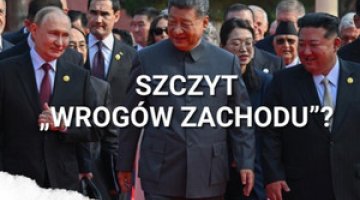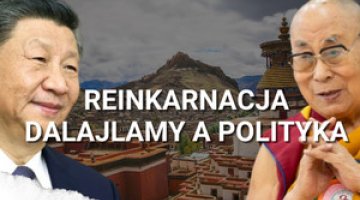Protests against the ‘zero COVID’ strategy
On 26–28 November, protests against the ‘zero COVID’ strategy (see ‘China: the consequences of the ‘zero COVID’ strategy’) in the People’s Republic of China (PRC) intensified. They also featured political slogans calling for the resignation of Chinese Communist Party (CCP) General Secretary Xi Jinping, the introduction of the rule of law, as well as the democratisation of the country and respect for human rights. Street demonstrations took place in at least 13 cities, including Beijing, Shanghai and Wuhan. Demonstrations on university campuses saw the most participants: it has been confirmed that they took place at dozens of universities.
The impetus for the increased wave of protests was an accident in Ürümqi, capital of the Xinjiang Uygur Autonomous Region, where a fire in a multi-storey apartment block killed ten people and injured nine according to official figures, although unofficial reports put the death toll as high as 44. The building was said to be under quarantine due to the city’s anti-pandemic restrictions, its exits (including for emergency evacuation) were closed, and the fire brigade could not reach it due to the barriers installed.
Commentary
- The current protests, despite being relatively small (totalling only tens of thousands across China), are of concern to the authorities because they share a common denominator, i.e., demands were made to abolish the restrictive anti-epidemic policies, and anti-regime slogans have emerged, although these have not come to dominate. Demonstrations against the ‘zero COVID’ strategy have taken place before, but this is the first time they have occurred simultaneously in multiple centres. The CCP fears that the protests will develop into a broader social movement seeking liberalisation within the existing political system, fuelled by the deteriorating economic situation, and could threaten the CCP’s hold on power in the future. It should also be noted that while the immediate cause of the protests was the fire in Ürümqi, the outbreak of discontent is largely due to disillusionment at the inadequate adjustments to the ‘zero COVID’ strategy which has been in place since 11 November this year (see ‘China: moderate adjustments to the ‘zero COVID’ strategy’). This has been compounded by public fatigue at successive waves of restrictions, and at news coming in (despite censorship) that there has already been a return to normal life in most of the world.
- The initial reaction of the local authorities and the police & security forces under them has been relatively moderate. Protests in the PRC are not an uncommon phenomenon, and there are more than a hundred thousand such ‘mass incidents’ each year, as the party nomenclature calls them. They are usually quickly and firmly suppressed. Although weapons were probably used in Ürümqi, some restraint by the coercive apparatus was evident in other centres this time, allowing protests to resume the following day and encouraging people to organise them in other cities. In most cases, demonstration sites were separated by police cordons and physical barriers, which often prevented the gatherings from continuing. The reticence displayed by the local authorities may indicate tensions between them and Beijing. Since the 11 November decision, the central authorities have shifted responsibility for preventing the spread of COVID-19 to field structures, which at the same time are still supposed to be concerned with maintaining economic growth and social order. In the current situation, these objectives appear to be contradictory, and the consequences of failure will be borne by regional cadres.
- Fears of an escalation of demands from protesters, especially their political demands, are more likely to prompt Beijing to reach for a combined strategy of selective repression of those deemed ‘provocateurs’ and making small concessions to make life easier and support the economic rebound. Softer and more conciliatory measures are to be expected in large urban centres on the coast or in the capital, while more repressive moves are to be expected in cities in the interior of China – especially in minority-dominated regions. Meanwhile, the PRC is currently experiencing a surge in new infections, which, in the absence of acquired collective immunity and with the general inefficiency of the health care system, threatens a further wave of deaths, especially among the elderly. Consequently, it can be expected that if the authorities at the local level are prepared to make some concessions – Beijing and Guangzhou have already relaxed some of the measures in the ‘zero COVID’ strategy, and communicated that emergency exits from buildings must not be blocked – then there will be no abrupt departure from the existing anti-epidemic doctrine. However, the most important long-term effect of the current protests may be a psychological change among the Chinese public. Many people sincerely believed that the PRC had succeeded in coping with the pandemic thanks to its political system, while at the same time the West had failed to deal with it. This has been one of the authorities’ primary propaganda lines over the past two years. However, the current protests and repression may undermine optimism and shake the faith in the system held by parts of the population, and it will be difficult for the CCP to rebuild this confidence.





